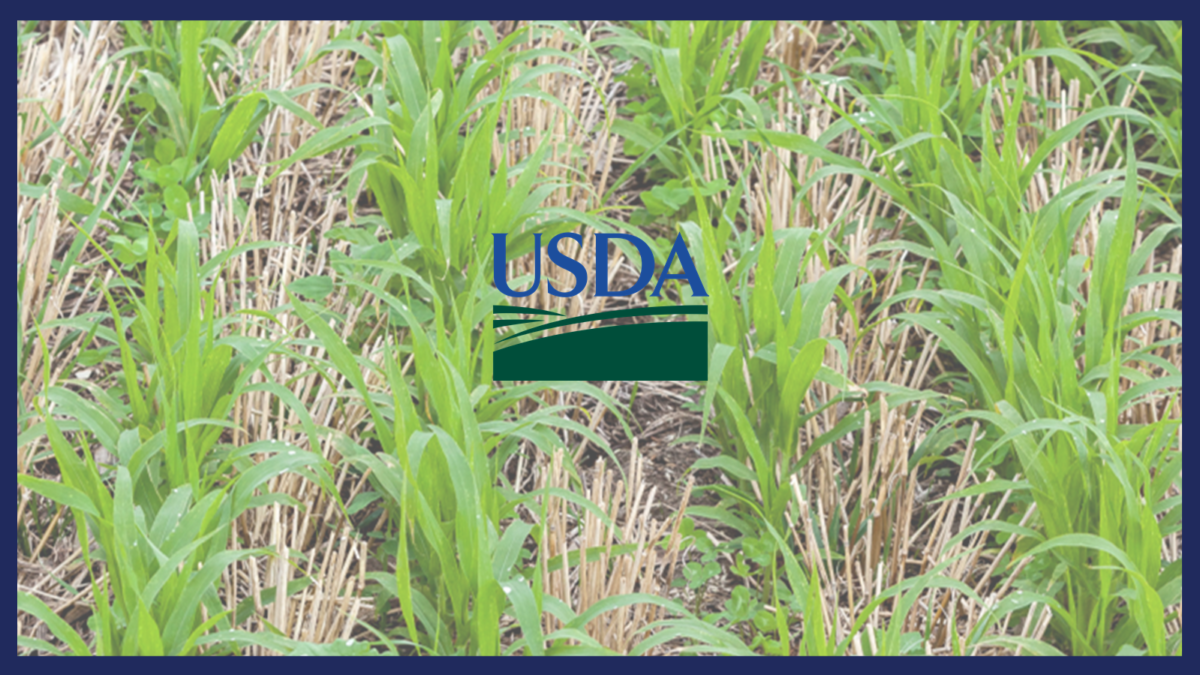Cover Crop Trends, Programs, and Practices in the United States
On U.S. cropland, the use of cover crops increased by 50% between 2012 and 2017. During this same period, Federal and State conservation programs increased efforts to promote cover crops through financial and technical assistance.
When farmers introduce cover crops into a crop rotation, there can be important on farm benefits for the farmers as well as benefits to society. These benefits depend upon how the farmers manage the cover crop, such as the type of cover crop, the method used to terminate its growth, and other soil health and residue-management practices employed.
Based on a series of farm- and field-level surveys, this report details how cover crops are managed on corn, cotton, soybean, and wheat fields. These surveys reveal that there are many different approaches to using cover crops. This includes considerable variation in the other soil-health-related practices farmers use with cover cropping, such as no-till farming, conservation cropping, and soil testing.
![]() Access the survey here.
Access the survey here.





